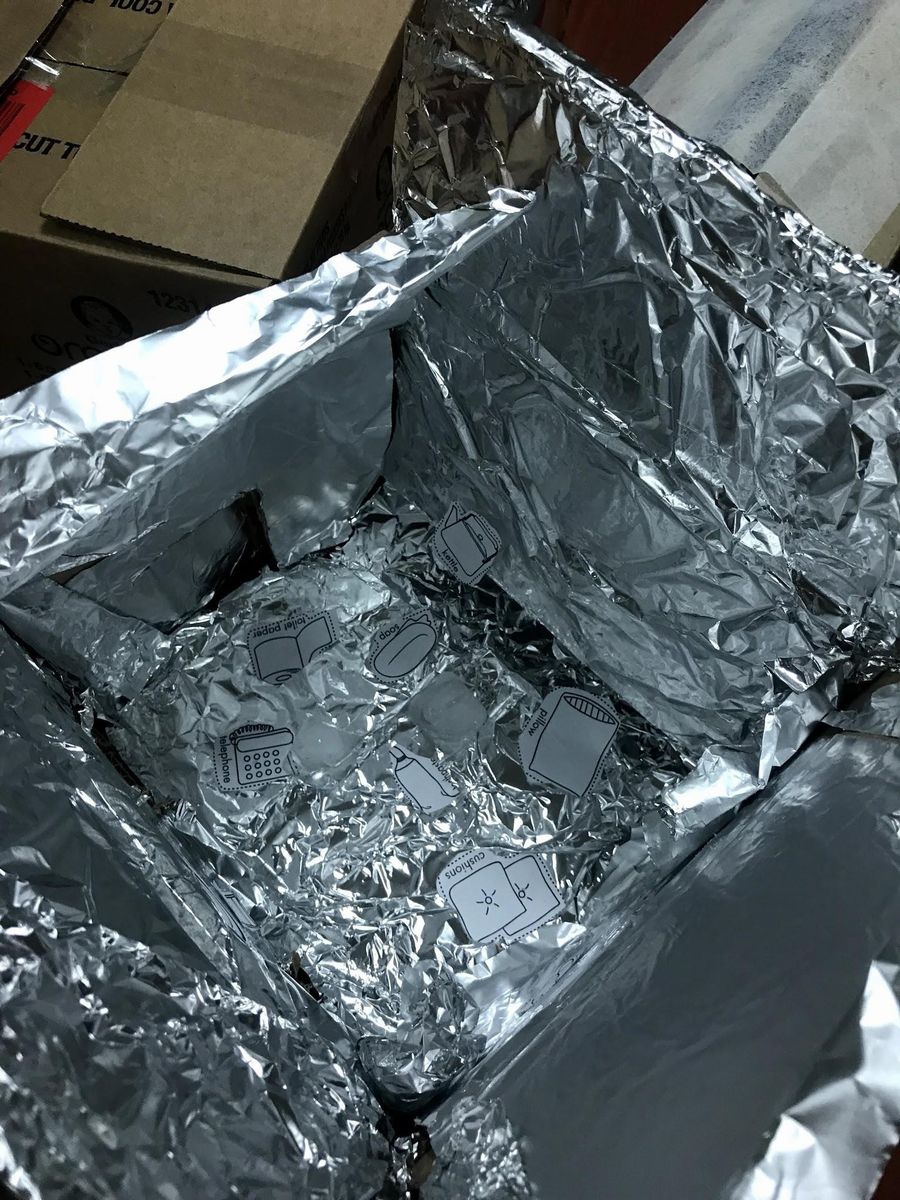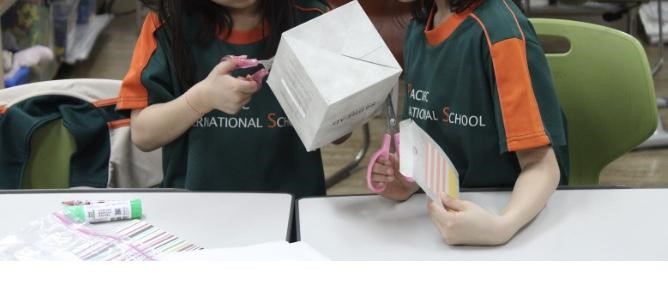If you look inside a Korean traditional home, called a Hanok you will find environmentally friendly raw materials like soil, timber, rock and Hanji. Hanji is traditional paper that is lubricated with bean oil. This paper consequently is breathable and waterproof. These traditional Hanok houses use Hanji on doors and the windows. Such raw materials provide curious questions about energy used in Korean homes. How does the paper keep them warm in the cold mountains? Why aren’t the new houses built with this material? What materials are best to build a house?
An investigation began with a group of 1st through 3rd graders at Asia Pacific International School (APIS) in Seoul, South Korea. Using Energy House, students began to investigate different types of insulation that could be used in a house. Students worked together to “insulate” their box “houses” with different materials to see which material was the best insulator. All the houses had to have a door that would open and close as well as two windows. Each group of students designed their houses with one type of insulation (assigned to them).
Some kids explored where insulation should go, asking questions like should it go on the floor and the walls or on the roof? Should it cover a window or a door like the traditional Hanji paper in a Korean house? The students insulated their houses using the following materials:
- Tissue paper
- Paper
- Cotton Ball
- Aluminum Foil
- Dryer Sheets

.jpg)
Check out NEED’S Energy House to have your students explore insulation and home design in their climates and cultures. An all-inclusive teacher and student guide, Energy House will introduce your students to insulators and conductors and how these materials help keep a home comfortable. A free PDF download of Energy House available at the-need-project.myshopify.com/.
All images courtesy of APIS
Author Bio: Erin Twamley is an educator and author of two Amazon #1 Hot New Release books, Climate Change: Discover How it Impacts Spaceship Earth and Renewable Energy: Discover the Fuel of the Future. She is also a project writer of the Energy and Climate Choices teacher guides for the North American Association for Environmental Education. She is dedicated to engaging the next generation of learners in protecting and creating a sustainable planet through hands-on STEAM learning.
